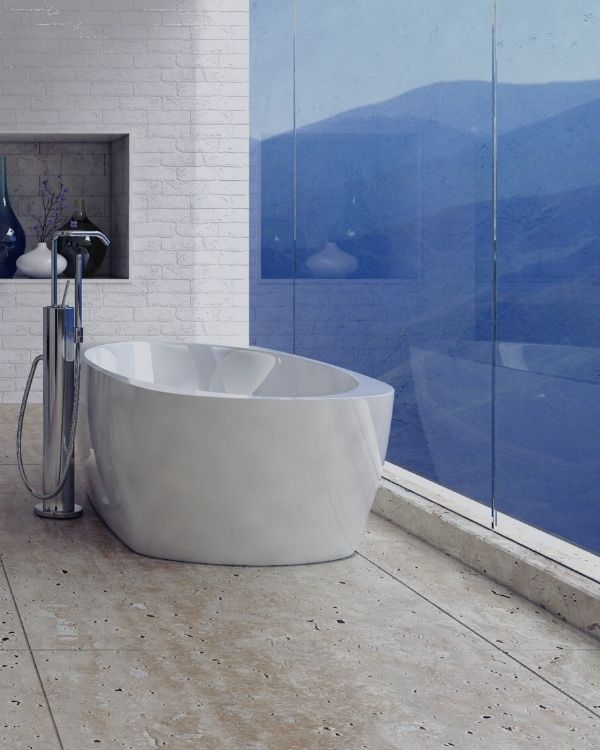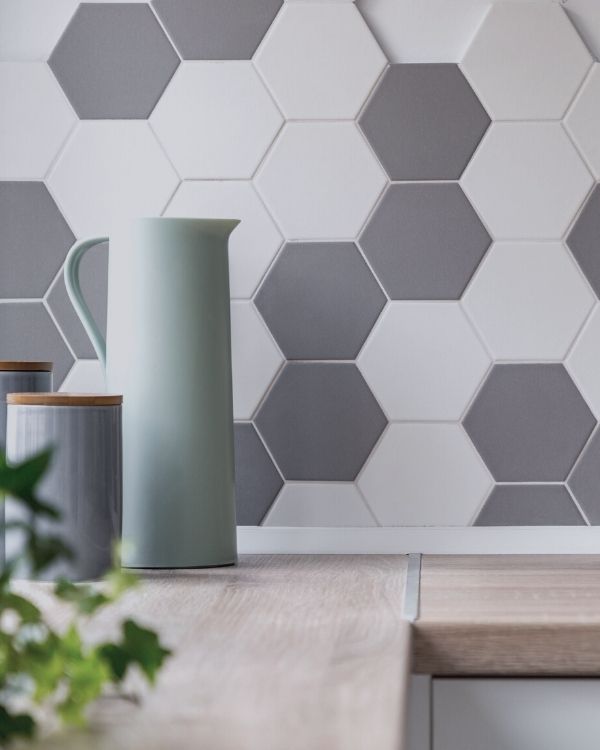Ceramic Mural Tiles: Everything About This Historic Decor
From its inception in the 13th century, ceramic tile has been a famous design and decor all over the world. The history of ceramic mural tiles goes back centuries. It has been used for both decoration and practicality.
It’s not just the beauty of these tiles that has made them so popular, but also their durability. These durable pieces are a perfect addition to any room in your home.
Today’s tiles are a creative way to add personality and beauty to your home. The possibilities for designs are endless, whether you want handmade ceramic or digitally printed on other surfaces.
Find more about it below.

History of ceramic tiles
Egypt is the motherland of modern architecture and decorative arts. The use and development in this area dates back more than 5500 years. At that time, Egyptians first started applying colorful tiles on their buildings.
The Islamic Period was also a time when people began to use ceramic tiles for decoration, especially on the outside of buildings. Beautiful work from this era can be found in places like Tunisia and Iran.
The spread of decorative tiles in Europe can be traced back to the Middle Ages. They first appeared as a Spanish trend. Then it spread amongst neighboring countries like France and Italy.
Ceramic tiles were particularly expensive, and only wealthy people could afford them. They were often used in churches or ecclesiastic institutions to decorate ceilings with intricate designs of flowers and palm trees.
A staple in design and decor
Ceramic mural tile has been a staple in design and decor. From its beginnings in the 13th century in Morocco, this versatile material has been used by homeowners around the world. You can create beautiful patterns that can be used everywhere (from walls to floors). And you don’t need to spend too much money.
Ceramic mural tiles were a popular choice for home decorating. Later their appeal started to decline slowly. The popularity of ceramic tile began to steadily decline around 1920 when people started moving away from old styles and focusing more on modern designs instead.
New technologies like transfer printing revolutionized the tile industry by replacing traditional handcrafted and painted methods. These advances made it possible for manufacturers in Great Britain, Germany, France, and Belgium to produce larger quantities of tiles at a faster rate.
During this period, patterned tiles were still very popular and could be found on not only churches but also in normal homes. There they were used as a decoration for hallways or bathrooms because of their hygiene benefits.
The popularity of arts and crafts style has made ceramic mural tile relevant once again. This was for sure a delight to designers who are using this material as a design element in their work.
Tile construction: Two types of tiles
All ceramic tiles are created from natural resources extracted from the earth. Then they are shaped into a variety of shapes and then fired in kilns at extremely high temperatures.
Tiles come in types: glazed and unglazed. Glazed tiles have an impermeable, durable surface that provides greater stain resistance than unglazed. They are also easy to clean and maintain. Consider adding them in your home’s more active areas like kitchens and bathrooms.
The beauty of unglazed tiles is in their simplicity. They have a solid color, making them perfect for adding an earthy feeling to your space without being too distracting. Heavy activity areas in your home can also be a great candidate for unglazed tiles.

The craft of making ceramic mural tile
The craft of making ceramic mural tiles takes more than artistic talent. Ceramic tile artisans are constantly searching for new ways to improve the quality of their work. They do this by focusing on fine-tuning, learning about processes, and improving techniques across all areas.
The cost of a ceramic mural tile project is often eyebrow-raising, but it’s worth the investment. It’s easy to see why ceramic mural tile is so expensive. Artists need time and money for training. That means their work can cost more than other types of art.
Custom ceramic mural tile creators charge up to $60 per hour for custom work. They have a set of customers who are looking for specific things. These people with special requests hire artists, and often pay them more than others because they create unique products which can’t be found anywhere else.

Ceramic mural tiles in the future
Decorative tiles are a huge part of the 21st century. They continue to be used around homes, businesses and in public spaces.
Tile artisans will continue to hand-paint and craft tiles, preferring old methods of production that use traditional colors. Those who are technically gifted may seek out new challenges by using different techniques.
As technology advances, tile design will too. In the coming years, we will see more and more tiles with unique functionality that can be changed on-the-go to suit your needs. This provides endless possibilities for home remodeling projects.
Conclusion: After all, it is a true work of art
The next time you see a gorgeous, hand-painted ceramic mural tile example, take note of the following few things. One might think that the price of ceramic mural tile is set in stone. But when you consider all the hours spent learning and perfecting it, as well as creating such a beautiful work of art from scratch, the value becomes clear.




